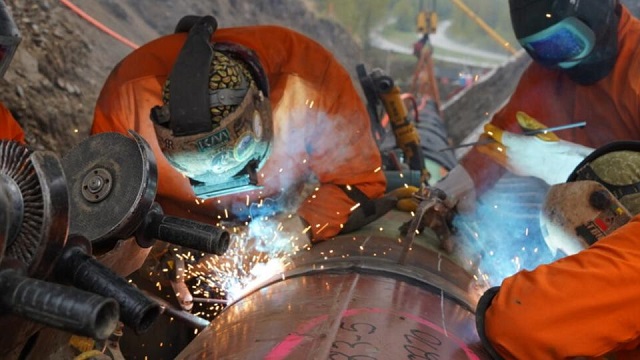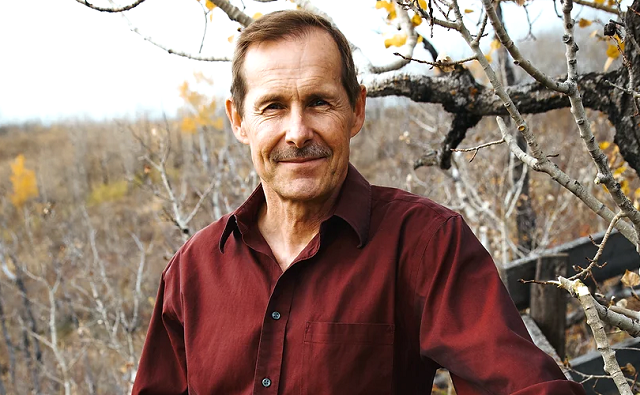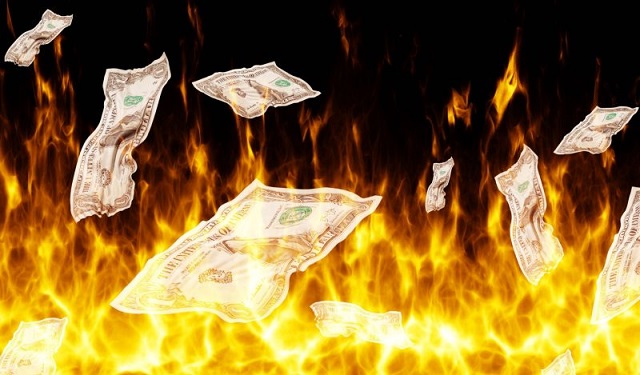Economy
A Fair Deal Includes Energy Security
This article contributed by Josh Andrus, Executive Director of Project Confederation
Energy security.
It’s a concept that has been ignored by many – including our federal government in Ottawa – for far too long.
Russia’s invasion of Ukraine has suddenly helped the world realize what’s been obvious to many Albertans for a long time – we still need oil and gas!
The same parade of politicians who crusaded to save the world from the threat of “catastrophic” climate change are now coming to the realization that there is a fundamental flaw in the Green New Deal / Leave It In The Ground / Build Back Better strategy.
Energy is the industry that powers every other industry – and as such, a safe supply of affordable, reliable energy is not only good for the domestic economy but also a crucial tool in an increasingly volatile international geopolitical landscape.
Earlier this week, after a big push by our friends at the Alberta Institute, and many other political and non-profit groups, the federal government finally announced that they would ban the importation of Russian oil.
Russia’s aggressive actions, and the related uncertainty, have now driven the price of crude oil over the $115/bbl benchmark.
[Editor’s note: we had to increase that price four times while writing this piece!]
Thankfully, Alberta has a large supply of energy resources, resources that could displace the loss of Russian imports and help keep energy affordable for Canadians.
Of course, it would have been better if our calls had been listened to years ago, and we had the infrastructure in place already!
But, as the saying goes:
The best time to build a pipeline was 20 years ago.
The second-best time is now!
If our politicians had any sense, Keystone XL and Energy East would have been given emergency approval the moment war broke out.
Yet, here we are, a week into a European war, and there’s been nary a whisper from the White House or Rideau Cottage.
If Alberta can’t convince Canada to build a pipeline in the middle of a war in Europe, we’ll surely never get one.
To make matters worse, the pipeline issues aren’t even the only possible problem on the horizon.
In past years, $100+ oil was good for Alberta.
Economic growth explodes, jobs are plentiful, and the pay is phenomenal.
Some of that will surely happen in the coming months, but with this current boom coinciding with major inflationary pressures, there are risks for Alberta too.
High energy prices and the ensuing increase in the cost of living will hurt the rest of the country.
The Rest of Canada will complain that Alberta has it so good, while they struggle to pay their hydro bills.
Will the Rest of Canada decide to start extracting their own plentiful natural resources, currently kept in the ground for nonsensical environmental concerns?
Of course not.
Ottawa will, undoubtedly, devise yet another means of wealth redistribution instead.
Once again, they’ll figure out a way to make Alberta pay for their poor policy choices.
They probably won’t have the gall to call it a “National Energy Program”.
But they might.
Remember, the major issues driving Western alienation are structural deficiencies in Confederation, deficiencies that have only gotten worse in recent decades, not better.
The West is underrepresented in Parliament, the Senate is unelected and ineffective at protecting Provincial rights, the very concept of fairness is undermined in our Constitution via equalization, and the Supreme Court screws the West and protects the rest.
At Project Confederation, our mission is clear:
To build a movement that will reform Confederation and achieve a fairer deal, in whatever legal configuration that may require.
I suspect we’re going to have a lot of work to do in the coming months!
If you’d like to help us with that work, please reach out to us to get involved, or consider making a donation to help fund our efforts.
Regards,
Josh Andrus
Executive Director
Project Confederation
Business
Economic progress stalling for Canada and other G7 countries

From the Fraser Institute
By Jake Fuss
For decades, Canada and other countries in the G7 have been known as the economic powerhouses of the world. They generally have had the biggest economies and the most prosperous countries. But in recent years, poor government policy across the G7 has contributed to slowing economic growth and near-stagnant living standards.
Simply put, the Group of Seven countries—Canada, France, Germany, Italy, Japan, the United Kingdom and the United States—have become complacent. Rather than build off past economic success by employing small governments that are limited and efficient, these countries have largely pursued policies that increase or maintain high taxes on families and businesses, increase regulation and grow government spending.
Canada is a prime example. As multiple levels of government have turned on the spending taps to expand programs or implement new ones, the size of total government has surged ever higher. Unsurprisingly, Canada’s general government spending as a share of GDP has risen from 39.3 per cent in 2007 to 42.2 per cent in 2022.
At the same time, federal and provincial governments have increased taxes on professionals, businessowners and entrepreneurs to the point where the country’s top combined marginal tax rate is now the fifth-highest among OECD countries. New regulations such as Bill C-69, which instituted a complex and burdensome assessment process for major infrastructure projects and Bill C-48, which prohibits producers from shipping oil or natural gas from British Columbia’s northern coast, have also made it difficult to conduct business.
The results of poor government policy in Canada and other G7 countries have not been pretty.
Productivity, which is typically defined as economic output per hour of work, is a crucial determinant of overall economic growth and living standards in a country. Over the most recent 10-year period of available data (2013 to 2022), productivity growth has been meagre at best. Annual productivity growth equaled 0.9 per cent for the G7 on average over this period, which means the average rate of growth during the two previous decades (1.6 per cent) has essentially been chopped in half. For some countries such as Canada, productivity has grown even slower than the paltry G7 average.
Since productivity has grown at a snail’s pace, citizens are now experiencing stalled improvement in living standards. Gross domestic product (GDP) per person, a common indicator of living standards, grew annually (inflation-adjusted) by an anemic 0.7 per cent in Canada from 2013 to 2022 and only slightly better across the G7 at 1.3 per cent. This should raise alarm bells for policymakers.
A skeptic might suggest this is merely a global phenomenon. But other countries have fared much better. Two European countries, Ireland and Estonia, have seen a far more significant improvement than G7 countries in both productivity and per-person GDP.
From 2013 to 2022, Estonia’s annual productivity has grown more than twice as fast (1.9 per cent) as the G7 countries (0.9 per cent). Productivity in Ireland has grown at a rapid annual pace of 5.9 per cent, more than six times faster than the G7.
A similar story occurs when examining improvements in living standards. Estonians enjoyed average per-person GDP growth of 2.8 per cent from 2013 to 2022—more than double the G7. Meanwhile, Ireland’s per-person GDP has surged by 7.9 per cent annually over the 10-year period. To put this in perspective, living standards for the Irish grew 10 times faster than for Canadians.
But this should come as no surprise. Governments in Ireland and Estonia are smaller than the G7 average and impose lower taxes on individuals and businesses. In 2019, general government spending as a percentage of GDP averaged 44.0 per cent for G7 countries. Spending for governments in both Estonia and Ireland were well below this benchmark.
Moreover, the business tax rate averaged 27.2 per cent for G7 countries in 2023 compared to lower rates in Ireland (12.5 per cent) and Estonia (20.0 per cent). For personal income taxes, Estonia’s top marginal tax rate (20.0 per cent) is significantly below the G7 average of 49.7 per cent. Ireland’s top marginal tax rate is below the G7 average as well.
Economic progress has largely stalled for Canada and other G7 countries. The status quo of government policy is simply untenable.
Author:
Economy
‘Gambling With The Grid’: New Data Highlights Achilles’ Heel Of One Of Biden’s Favorite Green Power Sources
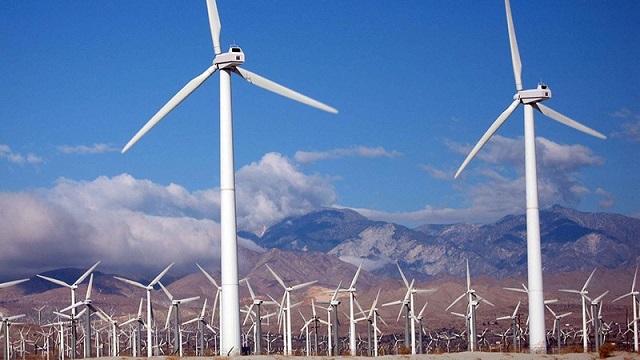
 From the Daily Caller News Foundation
From the Daily Caller News Foundation
By NICK POPE
New government data shows that wind power generation fell in 2023 despite the addition of new capacity, a fact that energy sector experts told the Daily Caller News Foundation demonstrates its inherent flaw.
Wind generation fell by about 2.1% in 2023 relative to 2022 generation, despite the 6 gigawatts (GW) of wind power capacity that came online last year, according to data published Tuesday by the U.S. Energy Information Administration (EIA). That wind power output dropped despite new capacity coming online and the availability of government subsidies highlights its intermittency and the problems wind power could pose for grid reliability, energy sector experts told the DCNF.
The decrease in wind generation is the first drop on record with the EIA since the 1990s; the drop was not evenly distributed across all regions of the U.S., and slower wind speeds last year also contributed to the decline, according to EIA. The Biden administration wants to have the American power sector reach carbon neutrality by 2035, a goal that will require a significant shift away from natural gas- and coal-fired power toward wind, solar and other green sources.

A table depicting the decrease of wind power generation in 2023 relative to 2022. (Screenshot via U.S. Energy Information Administration)
“Relying on wind power to meet your peak electricity demands is gambling with the grid,” Isaac Orr, a policy fellow at the Center of the American Experiment who specializes in power grid-related analysis, told the DCNF. “Will the wind blow, or won’t it? This should be a moment where policymakers step back and consider the wisdom of heavily subsidizing intermittent generators and punishing reliable coal and gas plants with onerous regulations.”
Between 2016 and 2022, the wind industry received an estimated $18.6 billion worth of subsidies, about 10% of the total amount of subsidies extended to the energy sector by the U.S. government, according to an August 2023 EIA report. Wind power received more assistance from the government than nuclear power, coal or natural gas over the same period of time.
“This isn’t subsidies per kilowatt hour of generation. It’s raw subsidies. If it were per kilowatt hour of generation, the numbers would be even more extreme,” Paige Lambermont, a research fellow at the Competitive Enterprise Institute, told the DCNF. “This is a massive amount of money. It’s enough to dramatically alter energy investment decisions for the worse. We’re much more heavily subsidizing the sources that don’t provide a significant portion of our electricity than those that do.”
“Policy that just focuses on installed capacity, rather than the reliability of that capacity, fails to understand the real needs of the electrical grid,” Lambermont added. “This recent disparity illustra
Wind power’s performance was especially lackluster in the upper midwest, but Texas saw more wind generation in 2023 than it did in 2022, according to EIA. Wind generation in the first half of 2023 was about 14% lower than it was through the first six months of 2022, but generation was higher toward the end of 2023 than it was during the same period in 2022.
In 2023, about 60% of all electricity generated in the U.S. came from fossil fuels, while 10% came from wind power, according to EIA data. Beyond generous subsidies for preferred green energy sources, the Biden administration has also aggressively regulated fossil fuels and American power plants to advance its broad climate agenda.
Biden’s Climate Bill Boosted An Offshore Wind Giant, But His Economy Brought It To The Brink https://t.co/AF7SPT2FNu
— Daily Caller (@DailyCaller) November 3, 2023
The Environmental Protection Agency’s (EPA) landmark power plant rules finalized this month will threaten grid reliability if enacted, partially because the regulations are likely to incentivize operators to close plants rather than adopt the costly measures required for compliance, grid experts previously told the DCNF. At the same time that the Biden administration is effectively trying to shift power generation away from fossil fuels, it is also pursuing goals — such as substantially boosting electric vehicle adoption over the next decade and incentivizing construction of energy-intensive computer chip factories — that are driving up projected electricity demand in the future.
“The EIA data proves what we’ve always known about wind power: It is intermittent, unpredictable and unreliable,” David Blackmon, a 40-year veteran of the oil and gas industry who now writes and consults on the energy sector, told the DCNF. “Any power generation source whose output is wholly dependent on equally unpredictable weather conditions should never be presented by power companies and grid managers as safe replacements for abundant, cheap, dispatchable generation fueled with natural gas, coal or nuclear. This is a simple reality that people in charge of our power grids too often forget. Saying that no doubt hurts some people’s feelings, but nature really does not care about our feelings.”
Blackmon also pointed out that, aside from its intermittency, sluggish build-out of the transmission lines and related infrastructure poses a major problem for wind power.
“Wind power is worthless without accompanying transmission, yet the Biden administration continues to pour billions into unreliable wind while ignoring the growing crisis in the transmission sector,” Blackmon told the DCNF.
Another long-term issue that wind power, as well as solar power, faces is the need for a massive expansion in the amount of battery storage available to store and dispatch energy from intermittent sources as market conditions dictate. By some estimates, the U.S. will need about 85 times as much battery storage by 2050 relative to November 2023 in order to fully decarbonize the power grid, according to Alsym Energy, a battery company.
The White House and the Department of Energy did not respond to requests for comment.
-
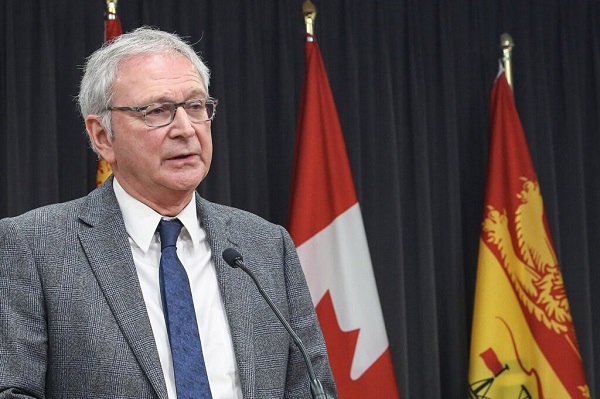
 Alberta2 days ago
Alberta2 days agoParent and gender dysphoria groups granted intervenor status in New Brunswick school policy case
-
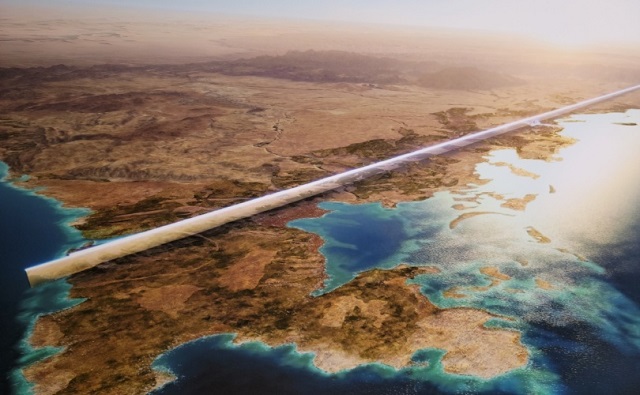
 Business2 days ago
Business2 days agoSaudis evict locals with lethal force to build ‘green’ city in line with globalist goals: report
-

 illegal immigration12 hours ago
illegal immigration12 hours agoTerrorist watch list apprehensions at northern border continue to break records
-

 illegal immigration2 days ago
illegal immigration2 days agoTexas governor, GOP blast Biden’s latest immigration plan
-
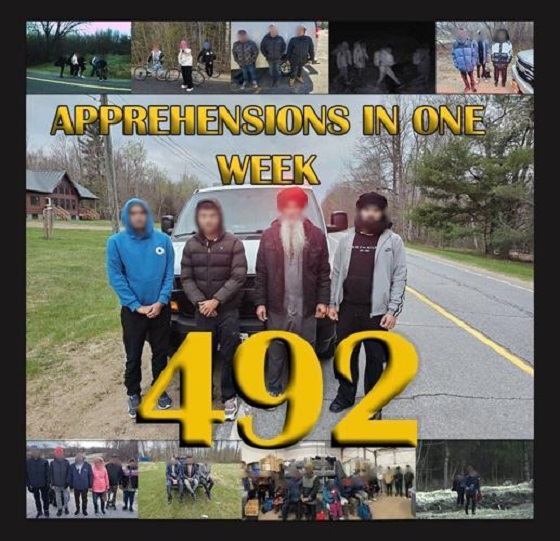
 illegal immigration11 hours ago
illegal immigration11 hours agoNorthern border apprehensions highest in US history first 6 months of fiscal ’24
-
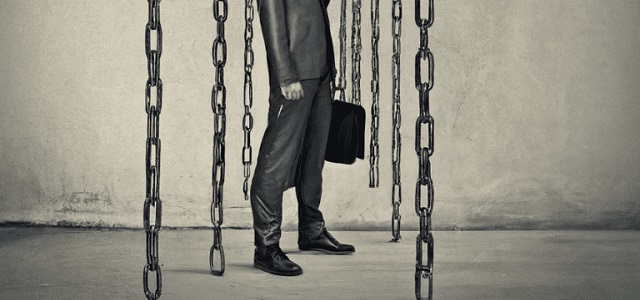
 Business1 day ago
Business1 day agoProposed changes to Canada’s Competition Act could kneecap our already faltering economy
-

 Censorship Industrial Complex8 hours ago
Censorship Industrial Complex8 hours agoQuebec court greenlights class action suit against YouTube’s COVID-related content censorship
-
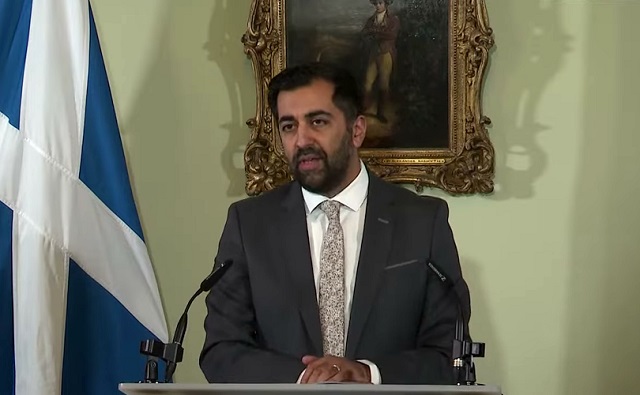
 Opinion1 day ago
Opinion1 day agoDoes Scottish gov’t turmoil signal the end of the ‘green’ agenda’s stranglehold on Europe?

